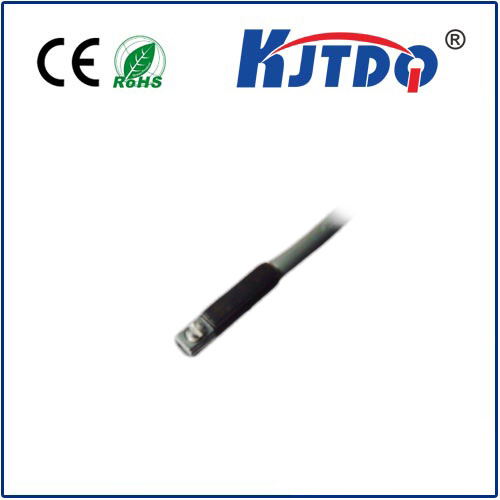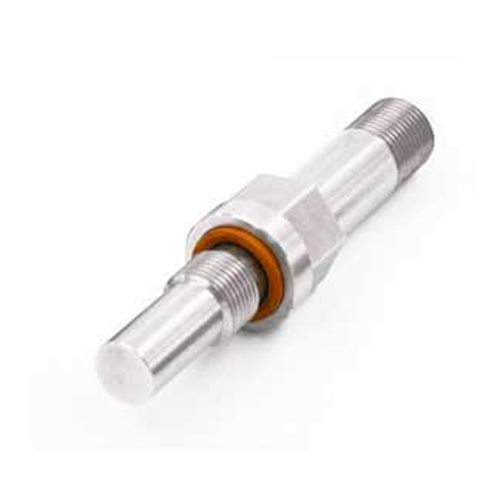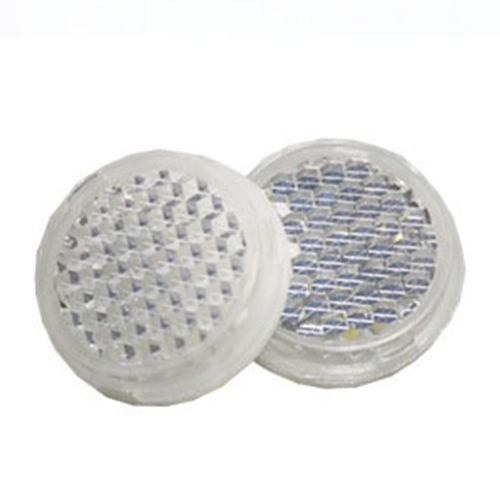Picture a lizard, perfectly still on a sun-baked rock. Or a frog, submerged in a cool pond. Unlike us, buzzing with constant internal heat, these creatures – ectotherms – possess a different, ancient kind of genius. Their story isn’t about generating warmth internally, but about mastering the art of absorbing and using heat from their environment. Understanding ectotherm temperature regulation is unlocking a profound chapter in the story of life’s adaptability. It’s not merely “cold-bloodedness”; it’s a sophisticated dance with the world around them.
The Core Distinction: External vs. Internal
The fundamental divide lies in the source of body heat. Endotherms (like mammals and birds) are biological furnaces. They burn fuel (food) to generate substantial internal heat, maintaining a near-constant core temperature regardless of the weather – think of the energy hum of a hummingbird. Ectotherms, encompassing reptiles, amphibians, most fish, and invertebrates, take a different path. Their internal metabolic rate is much lower, producing relatively little heat. Instead, their body temperature (Tb) is predominantly dictated by the environmental temperature (Te). This earned them the common, though somewhat misleading, label “cold-blooded.” A more accurate term is poikilotherm, highlighting that their body temperature varies significantly with their surroundings. The key takeaway? The primary driver of an ectotherm’s body temperature is the temperature of the world it inhabits.
The Sophistication of Survival: Strategies Beyond Passivity
Labeling ectotherms as simply “slaves” to their environment grossly underestimates their evolutionary brilliance. While they rely on external heat, they are far from passive victims. They employ a diverse and often complex toolkit of behavioral thermoregulation strategies to exert remarkable control over their body temperature:

The Sun Seeker (& Shade Finder): This is the most visible tactic. Basking – deliberately positioning themselves in sunlight – is crucial for warming up. Think of snakes stretched out on warm rocks at dawn, turtles stacking on logs, or butterflies orienting their wings to maximize solar radiation absorption. Conversely, seeking shade, retreating into burrows, diving into cool water, or orienting their body away from the sun are key strategies for cooling down when overheated. This isn’t random movement; it’s precise positioning to achieve their optimal temperature range.
Conduction & Convection Masters: Ectotherms expertly exploit heat transfer. Pressing their belly against a warm surface (like sun-heated ground or rock) conducts heat directly into their body (thigmothermy). Conversely, lying on cool earth or pressing against vegetation accelerates heat loss. Utilizing wind or water flow (convection) is also vital. Fish may swim to different depths or seek currents to find their thermal comfort zone. A lizard flattened against a hot rock maximizes conductive heat gain, while a fish facing upstream benefits from convective cooling.
Color and Posture: Some lizards possess the ability to darken their skin (melanization) to absorb more solar radiation when cool and lighten it to reflect more when hot. Posture matters too. Spreading the body increases surface area for heat absorption; tucking limbs in reduces it. A Drosophila fruit fly might orient its broadest side perpendicular to the sun to warm up faster.
The Power of Dormancy: When environmental extremes make thermoregulation impossible – freezing winters or scorching, dry summers – ectotherms possess powerful escape mechanisms. Hibernation (brumation in reptiles/amphibians) involves entering a deep, low-metabolism state during cold periods, often hidden away in frost-protected dens. Aestivation serves the same purpose during extreme heat and drought, where animals burrow deep into cool, moist earth and significantly slow their metabolism. Surviving by essentially “pausing” life is a profound ectotherm temperature adaptation.
The Thermoregulatory Sweet Spot: Performance and Preference
Why is this temperature control so vital? An ectotherm’s body temperature directly governs its physiological performance. This isn’t just about comfort; it’s about survival and success:
Performance Curve Peak: Crucial functions like muscle power (speed, strength), sensory acuity (vision, smell), digestive efficiency (enzyme activity), immune response, and even growth rates and reproductive output typically have an optimal temperature range (Topt). Within this range, the ectotherm performs best. Outside this range, performance plummets. Too cold, and muscles move sluggishly, digestion halts. Too hot, enzymes denature, proteins unfold, and death can follow rapidly. Achieving and maintaining their preferred temperature zone (Tpref) is fundamental to their existence.
The Critical Thermal Limits: Every ectotherm species has critical thermal minima (CTmin) and maxima (CTmax) – the temperature boundaries beyond which they lose coordination, become unconscious, or die. These limits define their geographical distribution and ecological niche. A tropical fish will rapidly succumb to temperatures a cold-water species finds perfectly comfortable, and vice-versa.
Why It Matters: Beyond Lizards on Rocks
Understanding ectotherm temperature regulation isn’t just academic zoology; it has deep ecological significance and acts as a critical warning signal:
The world of ectotherm temperature isn’t primitive; it’s a testament to a different kind of mastery. It’s a story of harnessing the sun, exploiting the earth, and evolving intricate behaviors to thrive in a world where warmth isn’t internally generated but strategically acquired. Their success underscores that life finds diverse, often energy-efficient, paths to flourish. Their current vulnerability serves as a stark reminder of the profound transformations our rapidly warming planet is undergoing. Studying how they manage their heat is studying the very pulse of much of Earth’s animal life.









